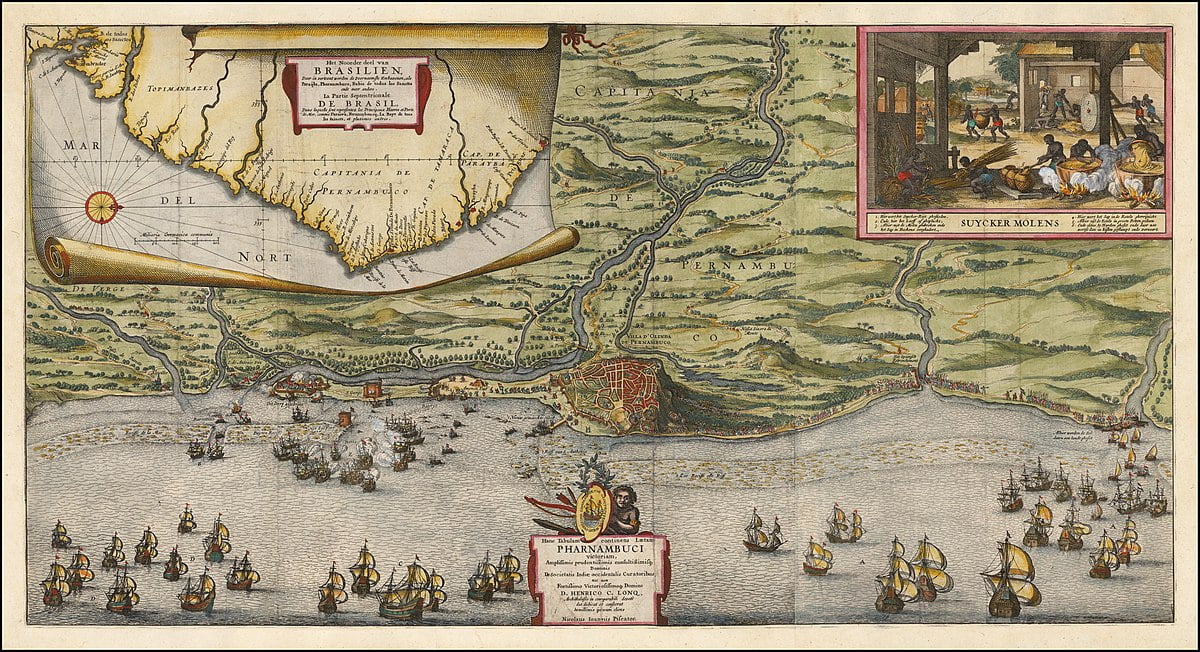The Farroupilha Revolution in Rio Grande do Sul
The Farroupilha Revolution was one of the largest regional autonomy movements in the history of Brazil. This article will provide a summary of the history behind this revolution, including its causes, development, consequences and conclusions.
Introduction
The Farroupilha Revolution, also known as the War of Farrapos, was a republican and federalist movement that occurred in the Brazilian state of Rio Grande do Sul between 1835 and 1845. This revolution was motivated by a series of political, economic and social conflicts that affected the region, including dissatisfaction with the central government, high taxes and the centralization of power.
Causes of the Revolution
The causes of the Farroupilha Revolution include growing dissatisfaction with the central government, excessive taxes and the centralization of power. Furthermore, Rio Grande do Sul faced economic difficulties due to unfavorable trade policies that harmed livestock and agricultural production in the region.
Development
The Farroupilha Revolution began in 1835, when a group of regional leaders proclaimed the Rio-Grandense Republic, establishing a provisional government and declaring the region's independence. The rebels faced imperial forces in a series of battles and conflicts that lasted for ten years.
Consequences
After a decade of conflicts, the Farroupilha Revolution came to an end in 1845, with the signing of a peace agreement between the parties. The consequences of the revolution included the granting of amnesty to the rebels, the reduction of taxes for the region and the guarantee of provincial autonomy.
Conclusion
In the end, the Farroupilha Revolution represented a significant moment in the history of Rio Grande do Sul, marking the affirmation of regional identity and the cry for political and economic autonomy.
Frequently Asked Questions (FAQs)
1. What was the main reason for the Farroupilha Revolution?
The main reason for the Farroupilha Revolution, which took place in Rio Grande do Sul between 1835 and 1845, was the dissatisfaction of the Gaucho elites with the central government of the Empire of Brazil. Among the main causes were economic issues, such as high taxes on export products, and policies, such as the centralization of power in the hands of the imperial government, which disregarded local demands.
2. What were the main consequences of the revolution for the region?
The main consequences of the Farroupilha Revolution for the region were significant. Although it was a prolonged and destructive conflict, the revolution contributed to strengthening the regional identity of Rio Grande do Sul. Furthermore, some of the republican and federalist ideals that emerged during the conflict influenced subsequent events in Brazil's political history.
3. How long did the Farroupilha Revolution last?
The Farroupilha Revolution lasted approximately ten years, from 1835 to 1845, becoming the longest civil war in Brazilian history.
4. Who were the prominent leaders of the revolution?
Several leaders stood out during the Farroupilha Revolution. Among them, personalities such as Bento Gonçalves da Silva, military and political leader, and Giuseppe Garibaldi, who played a significant role as a military commander, contributing to consolidating the image of a national hero, stand out.
5. How did the Farroupilha Revolution impact the history of Brazil?
The Farroupilha Revolution had a lasting impact on the history of Brazil. Despite being defeated militarily, the revolution influenced the political debate in the country, contributing to the abolition of centralizing practices and inspiring subsequent movements towards the decentralization of power. The Farroupilha Revolution also contributed to the consolidation of the regional identity of Rio Grande do Sul, which persists to this day.
References
Farroupilha Revolution in Rio Grande do Sul
Farroupilha Revolution (usp.br)




